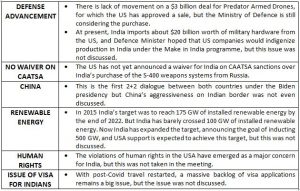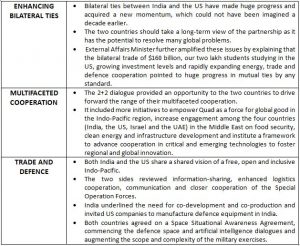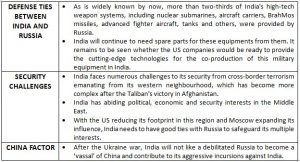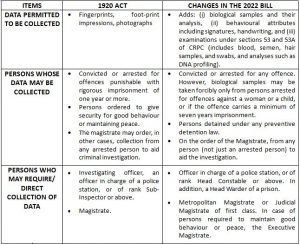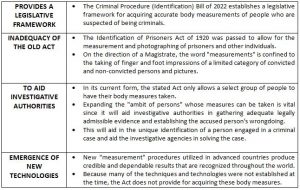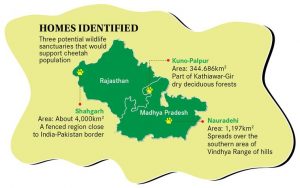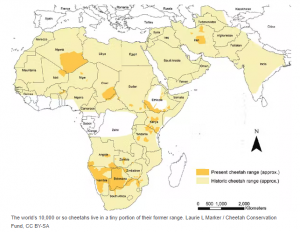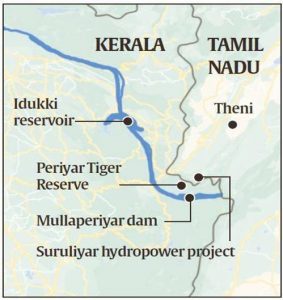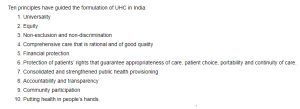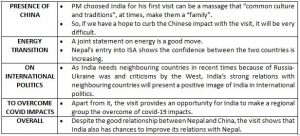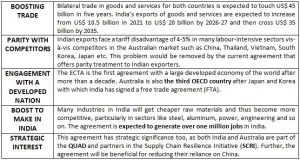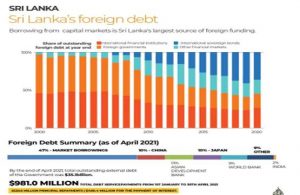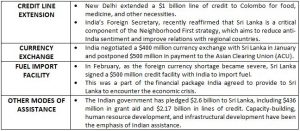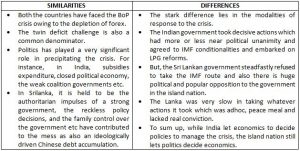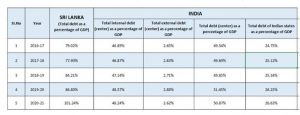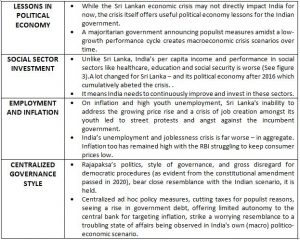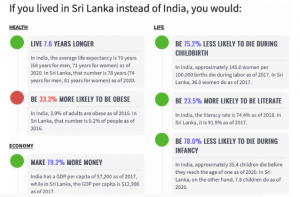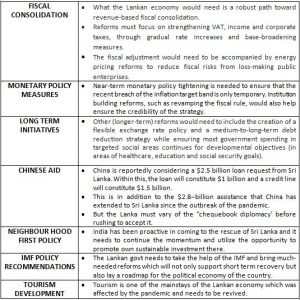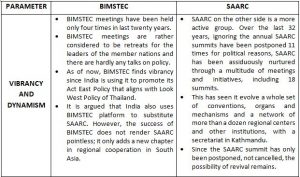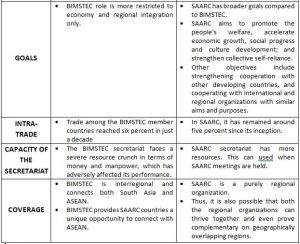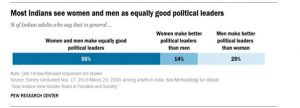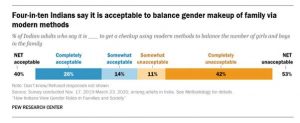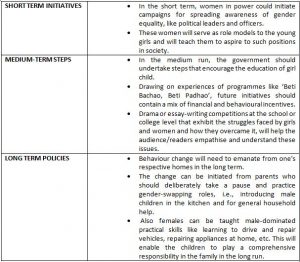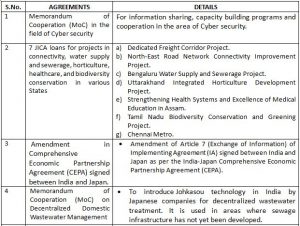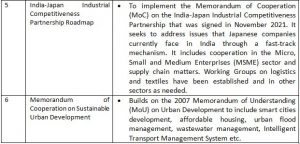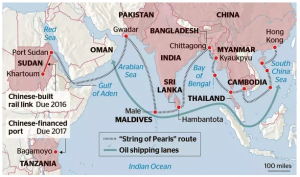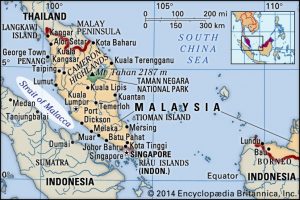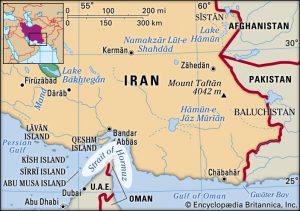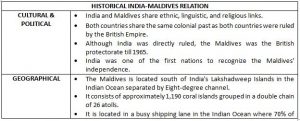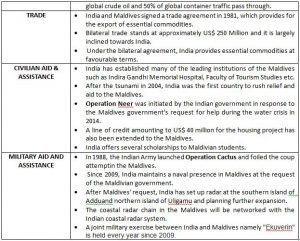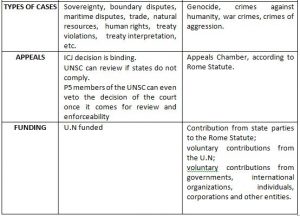AN ANALYSIS OF THE DEBATE ON HINDI AS THE LINK LANGUAGE
THE CONTEXT: On April 7, 2022, in the 37th meeting of the Parliamentary Official Language Committee, the Union home minister said that Hindi, not a local language, should be acknowledged as an alternative to English. He added that people of different states should connect with each other in Hindi, not English. This has generated a debate that the Union government is trying to impose Hindi on the speakers of other languages. This article examines this issue in detail.
AN OVERVIEW OF THE HOME MINISTER’S SPEECH
Union Home Minister remarked that people from different states should start talking to each other in Hindi while presiding over a meeting of the Parliamentary Official Language Committee. In various parts of the country, Hindi should be learned as a second language after a mother tongue. He declared Hindi to be the “language of India” and claimed it should be considered a viable alternative to English. Now the time has come to make the Official Language an important part of the Unity of the country. He also stated that Hindi would have become a compulsory language in the North-East.
WHAT ARE THE CONSTITUTIONAL PROVISIONS REGARDING OFFICIAL LANGUAGES?
PART 17 OF THE CONSTITUTION:
- Part 17 of the Indian Constitution (Articles 343 to 351) has detailed provisions concerning the official language of the Republic of India.
- Articles 343 and 344 of the Indian Constitution include the key provisions governing the Union’s official language.
- The Constitution does not provide for a national language.
ENGLISH AND HINDI AS THE CO-OFFICIAL LANGUAGES:
- The Official Language of the Union is Hindi, written in Devanagari script.
- The original Constitution stipulated that English would be used for all official purposes of the Union for a period of 15 years from the date of the Constitution’s adoption.
- The Constitution stated that the President might, by order, permit the use of Hindi in addition to English and the Devanagari form of numerals in addition to the international form of Indian numerals for any of the Union’s official purposes for the specified term.
ROLE OF THE CENTRAL GOVERNMENT:
- The Constitution also states that the Parliament may, by law, provide for the continued use of English for any specific purpose beyond 15 years.
- The Constitution has given the central government complete control over the formulation and implementation of language policy.
- It is also the role of the center to promote and develop the Union’s official language (Hindi) (Art. 351).
OFFICIAL LANGUAGE OF THE STATES:
- Though Hindi is the official language of India, the states may by law adopt any one or more of the languages in use in the state or Hindi as the language or languages to be used for all or any of the official purposes of that state.
LANGUAGE OF COMMUNICATION:
- According to Article 346, the official language of communication between one state and another, or between states and the Union, is English.
- If two or more states agree that Hindi can be the official language of communication between those states, that language can be used for such communication.
COMMISSION CONSTITUTED UNDER ART 344:
- The President at the expiration of five years from the commencement of the Constitution and thereafter at the expiration of ten years by order constitute a Commission.
- It will consist of a Chairman and other members representing the different languages specified in the Eighth Schedule.
- It shall be the duty of the Commission to make recommendations to the President as to:
- the progressive use of the Hindi language for the official purposes of the Union.
- restrictions on the use of the English language for all or any of the official purposes of the Union etc,.
THE FUNCTIONS OF THE OFFICIAL LANGUAGE COMMITTEE OF THE PARLIAMENT
As per Article 344, a Committee consisting of thirty members, of whom twenty shall be members of the House of the People and ten shall be members of the Council of States, will be constituted. The members will be elected respectively by the members of the House of the People and the members of the Council of States in accordance with the system of proportional representation by means of the single transferable vote. It shall be the duty of the Committee to examine the recommendations of the Commission constituted under Art 344 and to report to the President their opinion thereon.
THE EVOLUTION OF THE ISSUE OF LANGUAGE SINCE INDEPENDENCE
PRE-INDEPENDENCE:
- Before India became independent, the sole language in use for all official and administrative purposes was English.
- In 1947, when India gained Independence, the issue of language was one of the most hotly contested in the Constituent Assembly debates.
- While many of our founding fathers had called for Sanskrit and Hindi to be used as our republic’s lingua franca, there was major dissent from the people who did not speak Hindi as a native tongue.
STATE RE-ORGANISATION:
- The 1948 Linguistic Provinces Commission, also known as the Dhar Commission, observed that the formation of provinces exclusively on or even mainly on linguistic considerations is not in the larger interests of the Indian nation.
- The Fazal Ali Commission, 1953 recommended restructuring the states based on language but not before giving a sound rationale for the same.
LANGUAGE CONFLICT:
- Vehement opposition from the legislators and agitation from the student intelligentsia, especially in Tamil Nadu, forced the then PM Lal Bahadur Shastri to make a national radio broadcast assuring the Tamils that English would be continued to be used in interstate and Centre-state communications and in Civil Services Examinations.
- In 1967, the Indira Gandhi government amended the 1963 Official Languages Act and allowed for the continuation of English as the lingua franca of the Indian Union.
NATIONAL EDUCATION POLICY:
- The NEP draft earlier made studying Hindi mandatory till Class 8 in non-Hindi-speaking states, and due to opposition, it was dropped.
PRESENT ISSUE:
- Hindi as the link language and the opposition to it.
ENGLISH AS THE PREFERED MEDIUM OF INSTRUCTION
The 2011 language census uncovered that only 12 out of India’s then 35 states chose Hindi as their first language. Even though Hindi is spoken by about 43% of India’s population, only 26% or just over 1/4th of Indians speak the language as their mother tongue. The 2020 NEP, which the Union Cabinet approved, called for the medium of instruction to be the mother tongue of a student ‘whenever possible’ till the VIIIth standard. According to a Unified District Information System for Education (UDISE) report of 2019-20, despite Hindi remaining the biggest medium of instruction in India, accounting for around 42% of the share, the preference for the English medium is on the rise. Studies indicate J&K has nearly 100% enrolment in English, trailed by Telangana, which has a nearly 75% enrolment. Another 2020 NSO study found that over 50% of pre-primary schoolchildren who spoke one of 13 regional languages at home, including Tamil, Malayalam, Kannada, and Punjabi, were enrolled in English medium schools.
WHAT ARE THE ARGUMENTS FOR HINDI AS A LINK LANGUAGE?
SPOKEN BY A LARGE NUMBER OF PEOPLE: A large number of people speak Hindi either as their mother tongue or otherwise, and hence promoting Hindi will be more feasible than other languages.
IDENTITY OF THE NATION: The entire country must have one language that becomes the identity of the nation in the world. If there is any language that can tie the whole country in one thread, it is the most spoken language of, Hindi.
ECONOMIC DIMENSIONS: Having a language that is spoken and understood by all the people of a country is beneficial from the economic standpoint as it will provide for effective communication, open up new markets and improve trust between the seller and buyer.
SOCIAL MILIEU: Lack of understanding of each other’s language is held to create distance between individuals and communities, which impacts social cohesion and prevent generating social capital.
CONSTITUTIONAL MANDATE: A holistic reading of Part 17 of the Constitution, the Official Language Act 1963, various policies and schemes of the government make it clear that there is a strong mandate for promoting Hindi. The idea of a link language is one approach in this direction.
GANDHIAN VIEW: Mahatma Gandhi, during the freedom struggle, had described Hindi as the national language and called for its adoption and many members of the Constituent Assembly echoed such sentiments.
WHAT ARE THE CRITICISMS OF SUCH A PROPOSAL?
CENSUS DATA EVIDENCE:
- Residents of only 12 of the 35 States and Union Territories (UTs) reported Hindi as their first choice of language for communication (Census 2011).
- But there is a caveat. “Hindi” is an umbrella term encompassing 56 languages (mother tongues), including Bhojpuri, Rajasthani, Hindi, and Chhattisgarhi.
- While 43% of Indians speak “Hindi”, only 26% speak Hindi specifically as their mother tongue.
UTILITARIAN ARGUMENT:
- The claim that Hindi is a better language than English because the majority speaks it cannot be sustained since it is a majoritarian argument.
- Instead, we must address a pragmatic question: which language, Hindi, or English, would be more advantageous to citizens as they pursue better lives?
- To put it another way, would learning English assist native Hindi speakers, or should Hindi be pushed on the non-Hindi speaking populace for their “benefit”?
HUMAN DEVELOPMENT INDEX COMPARISON:
- A comparison of the Human Development Index (HDI) of States and UTs reveals that regions with a higher share of English speakers have higher HDI scores (Chart 1), while states with a higher share of Hindi speakers have lower HDI scores (Chart 2).
- This indicates that greater quality of life correlates with a higher proportion of English speakers.
MIGRATION AND LANGUAGE:
- More people from the Hindi-speaking States have been migrating to the non-Hindi-speaking regions in search of better livelihoods.
- An analysis of the 2011 Census data also shows that net in-migration for the Hindi States, where Hindi is spoken by at least 50% of the population, is negative.
- This indicates that the migrant outflow was higher than the inflow in these States. In non-Hindi States, the net in-migration was positive. This pattern was observed for all types of migrations, including those done for work and education.
DEPRIVATION OF OPPORTUNITIES:
- Native Hindi speakers will have a clear advantage over others when it comes to employment opportunities.
- Uttar Pradesh, Madhya Pradesh, and Bihar will beat Telugus and Kannadigas, and Malayalees with ease in the job market, where language abilities are a primary factor.
POLITICAL AND CIVIL SOCIETY OPPOSITION:
- The north-eastern states, the southern states, especially Tamil Nadu, are regions where Hindi is very negligibly used.
- Different political parties and civil society organisations have raised concerns against the proposal to make Hindi the communication language.
- Making one language, a communication language is considered a step towards centralisation and degrading other dialects.
ENGLISH IN A HINDI STATE: THE UTTAR PRADESH EXAMPLE
In what looks like a revolution, the UP Government recently made 15,000 primary and upper primary schools switch to English as the medium of instruction. Reports said that the objective of the policy switch was to develop the English-speaking skills of children studying in government schools so that they could compete effectively with students coming from convent-run schools.
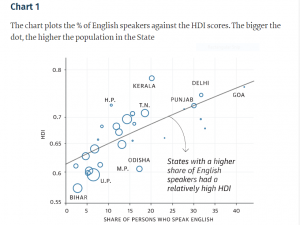
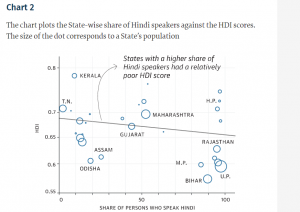
THE WAY FORWARD
- Although the promotion of Hindi needs to be undertaken through multiple media, the perception of its imposition needs to be avoided.
- The Unity of our country is built and strengthened on the edifice of diversity and not on homogeneity and sameness. Hence, while there can be efforts to develop a language that will aid in effective communication and trust-building among communities, other languages should also be given their due status.
- As English has significant utilitarian value, especially in a globalised economy and given India’s inherent strength of the service sector, English language teaching and learning also should be given impetus.
- Higher political functionaries of the government need to focus on building consensus on sensitive issues.
- Making Hindi flexible by accepting words from other local languages would help promote both Hindi and local Indian languages.
THE CONCLUSION: The idea of a national language finds its expression in multiple areas, including the debate over “link language”. While it is desirable to have a language spoken and understood by all, it is not necessary for a nation’s integrity and progress, as seen in Canada, the USA, etc. In fact, politics need to focus on the “bread and butter issues” in India and not rake up issues that have no immediate relevance. Nevertheless, the debate over the link language needs to be seen in the larger context of centralisation tendencies the polity is experiencing which is not a healthy proposition for good governance.
QUESTIONS:
- By explaining the Constitutional provisions related to Official Languages, comment upon the debate over Hindi as the link language.
- The idea of a national language finds its expression in multiple areas, including the debate over link language. While it is desirable to have a language spoken and understood by all, it is not necessary for a nation’s integrity and progress. Critically Analyse.
